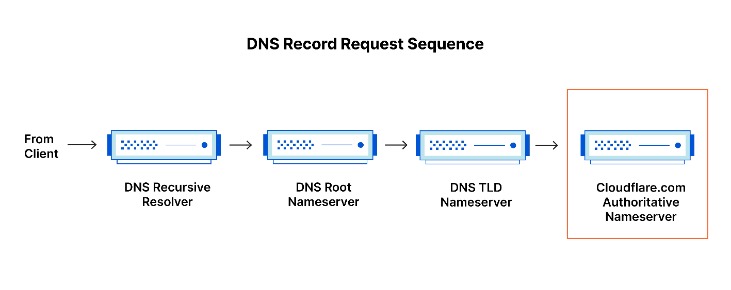Server hardening refers back to the process of securing a server by implementing various security measures to attenuate vulnerabilities and protect against potential cyber threats. Penetration testing, also known as pen testing, is an invaluable course of in server hardening. It entails simulating real-world attacks on a server to establish its vulnerabilities and assess its resilience in opposition to potential threats. This proactive strategy helps organizations uncover any weaknesses before attackers exploit them. Strong authentication methods ensure that only licensed customers can access your server.
- At a basic degree, software program hardening includes updating current apps or patching them with new code to improve safety.
- Check out server management to be taught more tips and finest practices on tips on how to observe and keep optimum servers.
- Using menace intelligence can improve an organization’s understanding of the menace panorama.
- If your manufacturing schedule allows it, you must configure automated updates in your server.
- Conducting common vulnerability scans helps determine potential weaknesses that need patching in the course of the server hardening process.
Compliance
One of the elemental steps in enhancing person account safety is imposing strong password insurance policies. This entails setting requirements for password complexity, corresponding to using a mix of uppercase and lowercase letters, numbers, and particular characters. By doing so, organizations can prevent attackers from simply guessing or cracking passwords. Organizations can proactively protect their servers from attacks by implementing acceptable measures for system hardening. By implementing system hardening requirements and application hardening on their server, organizations can considerably decrease their vulnerability to attacks by limiting the number of accessible entry factors.

You Are Higher Prepared To Guard Data
By staying up-to-date with these patches, you can ensure that any weaknesses in your system are addressed promptly. This involves the server hardening course of, which includes figuring out and eliminating any pointless services or features that hackers may potentially exploit. It is important within the configuration, system, and software hardening process. It helps to boost the account’s safety and shield towards potential threats. By configuring servers with secure settings, server hardening aims to mitigate dangers and protect against cyber assaults on methods. By implementing server hardening best practices, organizations can enhance the security of their internet servers and shield against cyberattacks.
Regularly Reviewing And Eradicating Pointless User Accounts
Extraneous packages unnecessarily extend the assault floor of the server and ought to be removed each time possible. This is equally true for default applications put in on the server that won’t be used. Servers should be designed with necessity in thoughts and stripped lean to make the necessary components function as smoothly and rapidly as attainable. Oftentimes, working system developers, such as Microsoft and Linux, do a fine and constant job of releasing OS updates and reminding customers AvaHost to put in these updates. These frequent updates – and we’ve all ignored them – can really help hold your system secure and resilient to cyberattacks. OS hardening is like utility hardening in that the OS is technically a form of software.